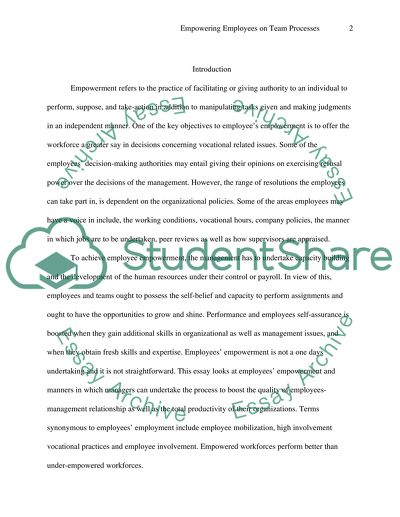Cite this document
(“Empowering Employees on Team Processes Research Paper”, n.d.)
Retrieved de https://studentshare.org/human-resources/1391698-empowering-employees-on-team-processes
Retrieved de https://studentshare.org/human-resources/1391698-empowering-employees-on-team-processes
(Empowering Employees on Team Processes Research Paper)
https://studentshare.org/human-resources/1391698-empowering-employees-on-team-processes.
https://studentshare.org/human-resources/1391698-empowering-employees-on-team-processes.
“Empowering Employees on Team Processes Research Paper”, n.d. https://studentshare.org/human-resources/1391698-empowering-employees-on-team-processes.


